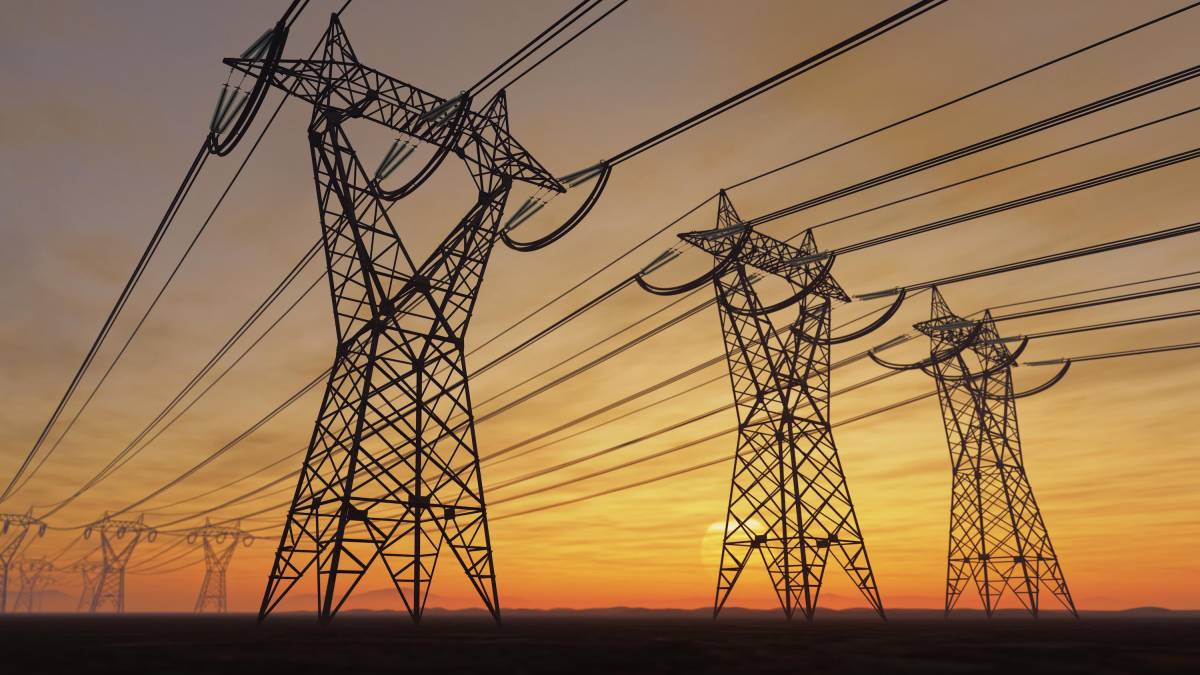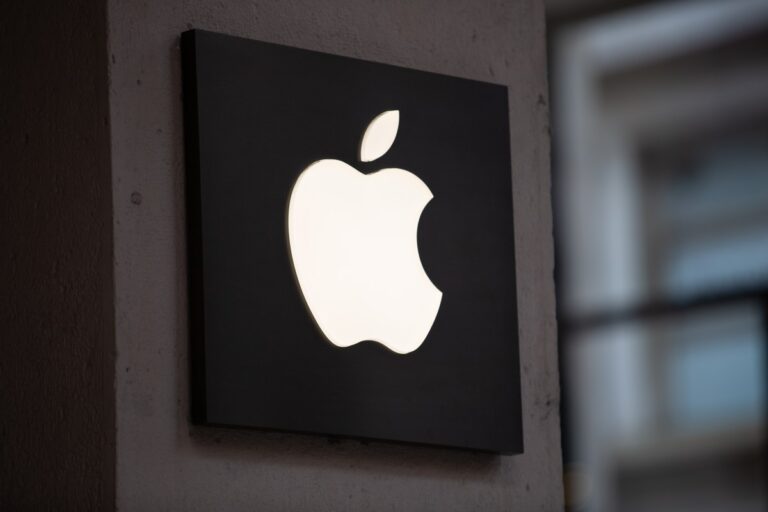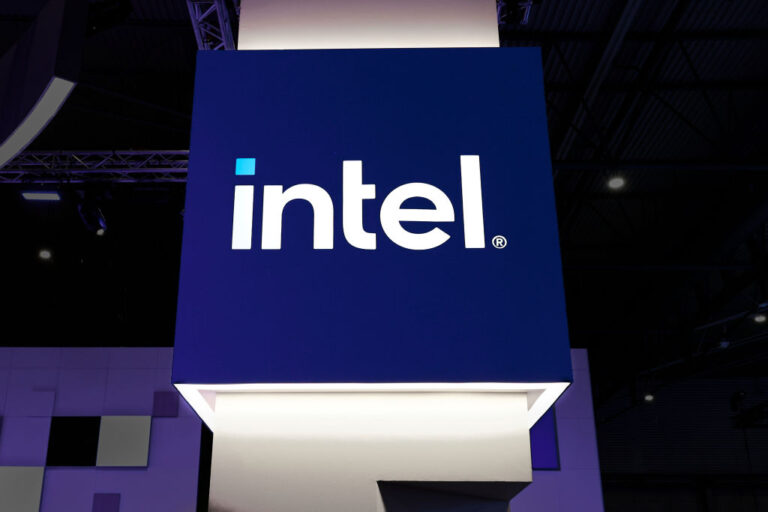Unlocking 76 GW of New Power Capacity: How Data Center Tweaks Can Transform the US Energy Landscape
As the surge in artificial intelligence (AI) technology continues to escalate, demand for electricity in the U.S. has become a pressing concern for tech companies, data center developers, and power utilities. However, a recent study indicates that a slight adjustment in power consumption could significantly alleviate the situation.
Unlocking Electrical Capacity Through Demand Response
The research suggests that by limiting power usage to 90% of maximum capacity for just a few hours each year, data center operators could release up to 76 gigawatts of electrical capacity. This amount surpasses the total power consumption of all data centers globally and represents approximately 10% of peak demand in the U.S., according to findings from Goldman Sachs.
The Potential for Greater Capacity
If data centers were willing to reduce their energy consumption further, they could unlock even more capacity. Such demand-response initiatives are not new; utilities have long encouraged large energy consumers, including shopping malls and factories, to scale back their use during peak demand periods.
- Financial Incentives: By lowering energy consumption on hot summer days, these users receive credits on their utility bills.
- Data Center Participation: Historically, data centers have prioritized uptime over participation in these programs, but they possess the flexibility to adapt.
Strategies for Reducing Power Consumption
The study outlines several strategies that data centers can implement to decrease their energy use:
- Temporal Flexibility: Shifting computing tasks to off-peak hours, such as rescheduling AI model training.
- Spatial Flexibility: Redistributing computational tasks to regions with lower demand, or consolidating server loads to shut down some machines temporarily.
- Alternative Power Sources: Utilizing batteries to compensate for power curtailment, as even small installations can provide several hours of backup power.
Real-World Examples of Demand Response
Several companies have already begun to implement these demand-response strategies:
- Google: Utilizes its carbon-aware computing platform for demand-response initiatives.
- Enel X: Collaborates with data centers to use the energy stored in uninterruptible power supplies (UPS) to stabilize the grid.
- PG&E: Offers expedited grid connections for data centers willing to engage in demand-response programs.
While these measures will not entirely eliminate the need for new power sources, they could transform a potentially critical situation—where half of all new AI servers may be underpowered—into a manageable challenge. For more information on energy management strategies, you can visit the U.S. Energy Information Administration.







